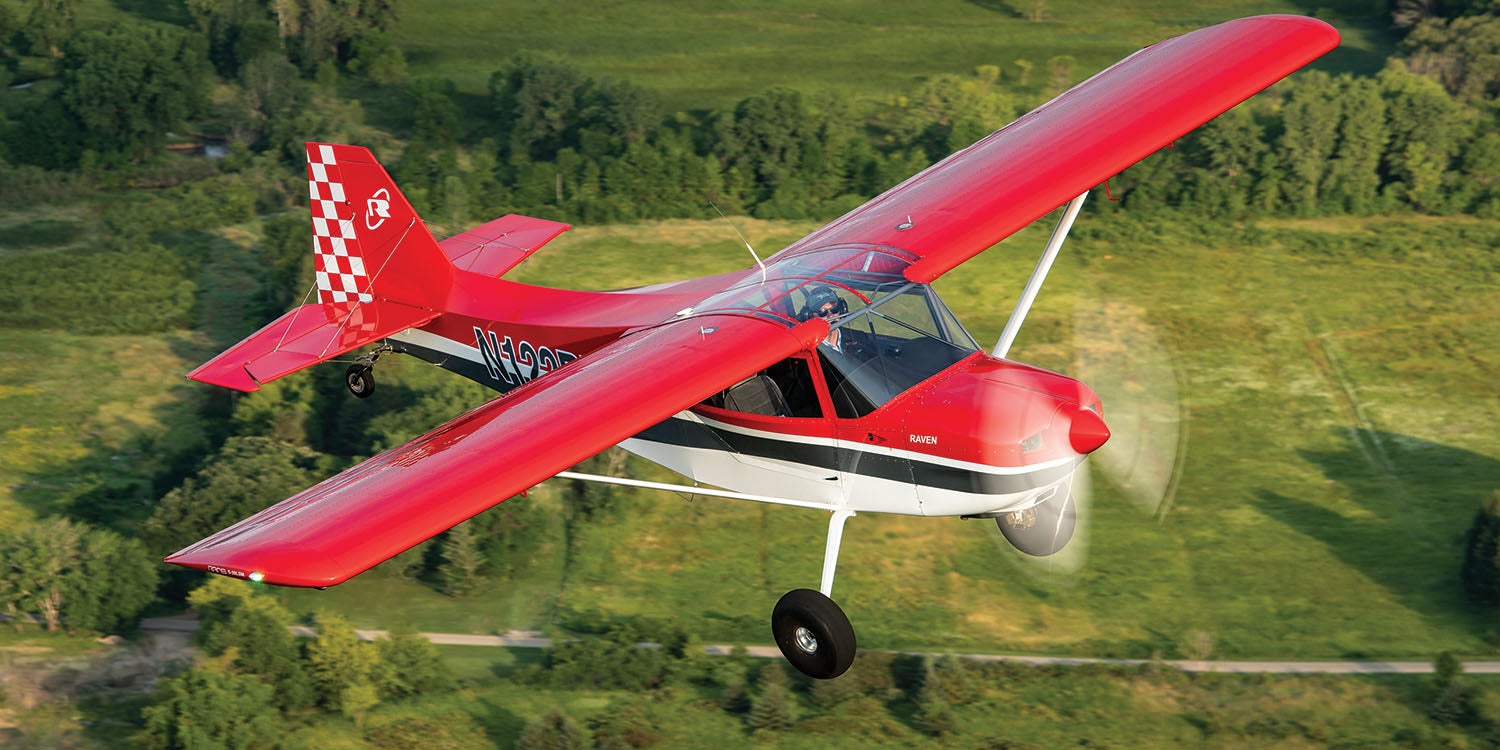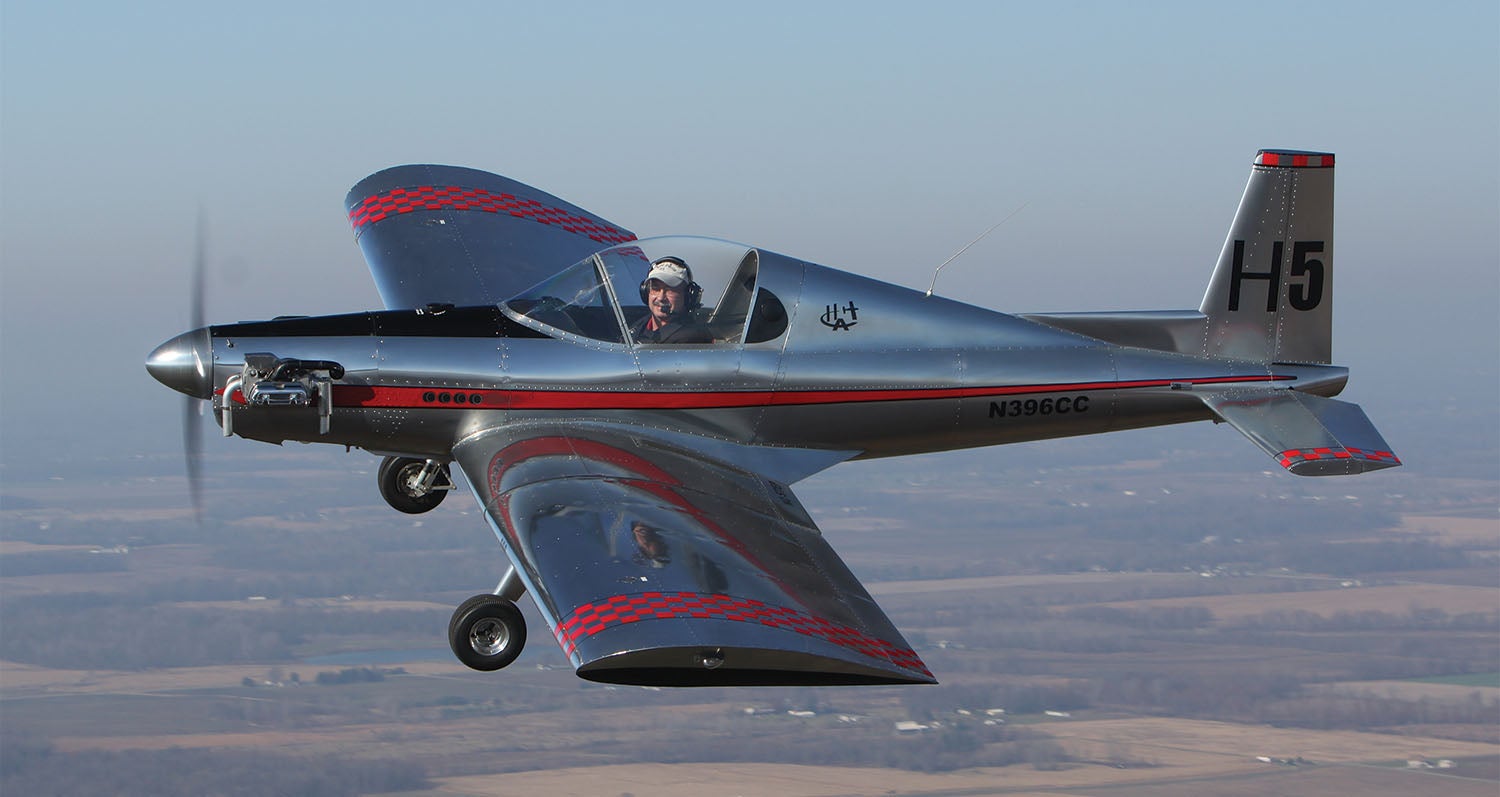At this point in the design process, we have gotten the airplane sized, balanced, and after six months of consideration gotten the landing gear right. It’s now time to move on to fleshing out details of the configuration. We already have a preliminary layout of the airplane, so we can now start designing the wing in more detail.
The designer has a series of things to decide to arrive at a complete wing design. All of these areas must be covered:
- Wing area and wing loading
- Placement of the wing (high, mid or low)
- Wingspan and aspect ratio
- Planform shape
- Airfoils
- Flaps and other high-lift devices
- Wing twist
- Wing structural layout
At this point in the design, wing area and wing loading have already been addressed in the sizing process. Although they might change a little as the design goes through multiple iterations, they are essentially set. We will not revisit them now but will, over the next few months, consider the other factors that go into the final wing configuration.

Wing Position
The first major decision the designer makes after preliminary sizing is the overall configuration for the airplane. In the context of wing design there are two primary choices to be made: the vertical position of the wing (high wing, mid wing, or low wing) and the structural concept (cantilever or braced). These are actually decided during the preliminary layout of the airplane, but since I did not cover them explicitly in our discussion of layout, we will start our look at wing design here.
To begin, I am going to limit the discussion to high-wing vs. low-wing monoplanes. The majority of airplanes have the wing attached to either the top of the fuselage or the bottom. There are other configurations such as mid-wing designs, parasol wings, and biplanes, but we will defer our discussion of these to another time.
The high-wing vs. low-wing decision affects multiple areas:
Aerodynamics
The position of the wing affects the interaction between the wing and the fuselage most strongly. At the wing root, the flow over the wing and the flow over the fuselage must merge smoothly to avoid premature flow separation, which can cause early stall and increase drag.
Getting the wing-root junction to work well aerodynamically is more difficult on a low-wing configuration.
On a high-wing design, assuming the windshield is properly designed, the upper surface of the fuselage is essentially a continuation of the upper surface of the wing. The fuselage upper skin naturally takes the shape of the streamlines flowing over the upper surface of the wing. The air can flow smoothly aft over both the wing and fuselage upper surfaces without any significant interference between the two. The low pressure developed on the wing upper surface will carry over smoothly onto the fuselage, improving lift and keeping the span loading smooth, which improves span efficiency.
At the wing trailing edge, some care is needed to ensure that the shapes of the wing and fuselage join smoothly. A few high-wing airplanes have fuselages that break down and away abruptly aft of the cabin, usually to provide a rear window. In some cases, this break occurs at the wing aft spar, leaving the inboard end of the flaps exposed. This is a high-drag feature since there is likely to be either flow separation or some vortex shedding off of the aft end of the wing root as the wing tries to direct the air one way and the fuselage goes its own way.
On a low-wing design, the wing root butts into the near-vertical wall of the fuselage side. Near the leading edge, the air must flow upwards along the fuselage side and over the wing leading edge. Because of the high upwash angle in this local region, the transition between the bottom and sides of the fuselage just upstream of the wing must be shaped carefully or faired to prevent premature separation.
Farther aft on the wing we reach the point where, in the top view, the fuselage is likely to be narrowing. The relationship between the point of maximum width of the fuselage and the point of maximum wing thickness is important. If these two coincide, then the air is faced with a situation where both the wing skin and fuselage skin are pulling away from the airflow at the same time. This is likely to cause flow separation, which increases drag and leads to premature stall.

A similar problem can occur in side view if the fuselage belly pulls upwards significantly just aft of the wing. This is not an uncommon situation as designers try to minimize wetted area by pinching in the fuselage cross-section as rapidly as possible aft of the cabin to minimize the skin area of the tail cone.
The aerodynamic problem this can cause for a low-wing airplane is that the wing is trying to direct the air flowing over it downwards in order to generate lift. The air flows off of the trailing edge with a downwash angle relative to the centerline of the airplane. If the fuselage skin just inboard of the wing root is pulling upwards, then the air coming off of the wing root is flowing down while the air just inboard of it is flowing up. This shearing between the two flows will cause a vortex to form at the wing root. This vortex absorbs energy, generating drag. It can also cause the flow to separate more completely on the root of the wing and side of the fuselage, further increasing drag and precipitating a stall.
The cure for these problems is a combination of properly shaping the fuselage itself and using wing-root fairings or fillets to get the wing and fuselage airflows to merge smoothly. On a properly designed airplane these work well, but it remains more difficult to get well-behaved wing-root junction flow on a low-wing airplane than on a high-wing airplane.
Stability Considerations
The vertical position of the wing affects the lateral stability of the airplane.
It’s not uncommon to find someone claiming that a high-wing airplane exhibits “pendulum stability” in roll. This notion is based in the idea that, because the CG is below the wing, the airplane will act like a pendulum and tend to return to level flight when banked. Unfortunately, while simple and appealing, this concept is wrong. The lift of the wing acts normal to the plane of the wing, so it produces no net rolling moment about the CG regardless of the attitude of the airplane.
That said, a high-wing airplane does exhibit more lateral stability than a low-wing airplane with the same dihedral, but for aerodynamic reasons. Roll stability, often called “dihedral effect,” is a function of how the airplane responds to sideslip. If the airplane is yawed relative to the airstream, the question is which way it tends to roll. On an airplane with stable dihedral effect, the upwind wing will rise and the downwind wing will fall. Accordingly if one were to apply left rudder to yaw the airplane, the airplane would respond by banking to the left.
The same effect helps the airplane recover from an uncommanded bank. If the airplane rolls from straight and level flight, it will start to slip downwards as the lift is no longer acting straight up. Aerodynamically, this is equivalent to yawing the airplane away from the low wing. The sideslip thus produced will cause a rolling moment that tends to level the wings if the airplane has stable dihedral effect.
A wing in isolation with no dihedral does not roll in response to sideslip because the yaw does not induce any difference in lift between the left and right wing panels. Putting dihedral in the wings changes the situation so that the advancing wing sees an increase in angle of attack and the retreating wing sees a decrease. This causes a lift differential between the wings that causes the airplane to roll.
The fuselage acts like an aerodynamic fence in the middle of the wing. When the airplane yaws, the air pressure on the windward side of the fuselage increases and the pressure on the leeward side decreases. This pressure difference acts on the wing.
On a high-wing airplane the fuselage is underneath the wing, so the fuselage pressure differential acts on the wing lower surface. This means that the action of the fuselage increases the pressure on the bottom of the windward wing and decreases it on the bottom of the leeward wing. This increases the lift of the windward wing, decreases the lift of the leeward wing and causes the airplane to roll toward the leeward wing. This is stable dihedral effect, so the fuselage/wing interaction of a high-wing airplane adds lateral stability.
On a low-wing airplane the situation is reversed because the fuselage-induced pressure differential acts on the wings’ upper surface, reversing the sense of the induced rolling moment. A fuselage mounted on top of a wing is destabilizing in roll.
For the designer this means that, for a given level of roll stability, a low-wing airplane will need more geometric dihedral than a high-wing airplane. Dihedral makes the angle between the wing upper surface and the fuselage side more acute, so it does make the junction problem a bit more difficult.
As we saw with interference effects, with proper design both high and low wings are obviously workable, but getting the low-wing airplane right is a bit harder.
At this juncture it appears that the high-wing airplane is preferable, but we have not yet considered structural integration, pilot visibility and other factors that also play in the decision. We will start that discussion next month.














30/Jan/2020. Prof. Barnaby please refer to Davis Flying Wing properties. Thank you. Regards, Fernan.
10/28/2020. Mr., Barnaby: what type or book do you recommend to learn how to scale up or down an airplane?
It would be interesting to know if/how these properties are altered in a biplane configuration.
I’ve really enjoyed reading these articles; thanks for sharing your expertise. Quick question: isn’t there a simpler alternative/additional explanation to why high wings are stable in roll with less dihedral: Yes, the lift vector acts along the centerline of the airplane, in the same plane as the cg, but what about the drag? Doesn’t the drag from the wing create a restoring couple once the plane starts to slip downward when perturbed in roll, since the wing’s above the cg?